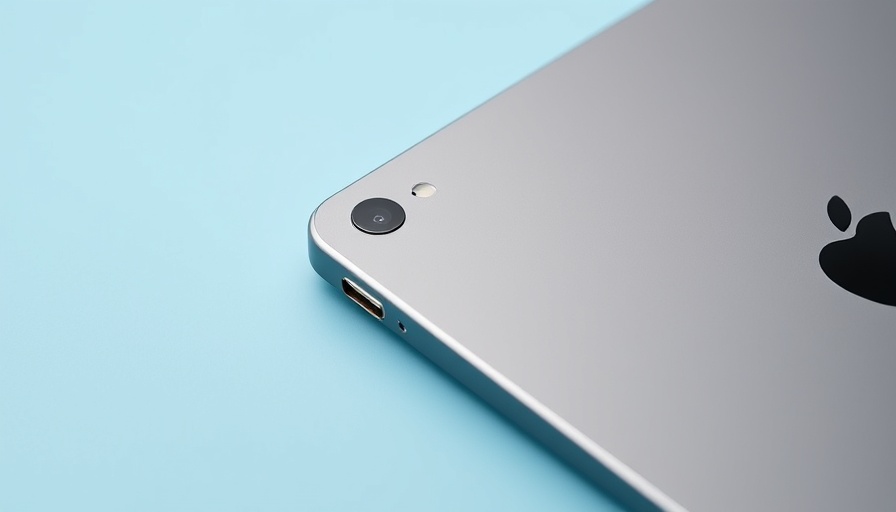
Understanding the Dangers of Mold and Mildew in Your Home
No homeowner wants to deal with the unsightly presence of mold and mildew, but beyond being just an eyesore, these pesky fungi can pose serious health risks if left unattended. Mold not only affects the aesthetic of your home but can also contribute to respiratory issues and allergy flare-ups. Understanding why you might encounter mold is the first step in addressing it effectively. Mold thrives in moist environments, and factors like poor ventilation, leaks, or high humidity levels can create the perfect breeding ground for these harmful spores.
Spotting the Signs: Early Detection Tips
Being proactive is crucial when it comes to mold and mildew. Regular inspections of your home can help you catch problems before they escalate. Look for dark patches on walls, musty odors, and dampness around windows, bathrooms, and basements.
One simple method for early detection is checking your plumbing. If you notice mold forming near water pipes or fixtures, there's a good chance you have a leak. Don't ignore those small dark spots; they could be a sign of an underlying issue that, if overlooked, could lead to wood rot and extensive damage.
The Importance of Addressing Moisture Issues
Dealing with mold means addressing the core issue: moisture. If you find mold on an exterior wall, check for leaks inside the wall or roof. Investigate flashing, vents, and the foundation of your property to ensure that moisture isn't wicking into areas where it shouldn’t be.
Your home’s ventilation plays a critical role in moisture control too. Poorly insulated ductwork can lead to condensation, which creates conditions ripe for mold growth. Make it a habit to inspect your ductwork periodically to catch any signs of moisture early on.
DIY Mold Removal Techniques
There’s no need to immediately call in a professional for minor mold issues. With a little know-how, you can tackle many mold problems yourself. Start with a simple cleaning solution made from diluted bleach. Use this to treat small affected areas; just be sure to keep the space well-ventilated and wear gloves to protect your skin.
For larger patches, consider using specialized mold removal products, or even natural solutions such as vinegar or baking soda. These options can be both effective and safer for your home environment.
Preventing Future Mold Growth: Practical Tips
Once you've successfully removed mold, the next step is prevention. Ensure your home is well-ventilated, especially in moisture-prone areas like bathrooms and kitchens. Use exhaust fans or open windows to channel out humidity. Fix any leaks promptly and consider using a dehumidifier to keep indoor humidity levels below 60%.
Another helpful tip is to regularly check your home for hidden leaks or signs of dampness. Frequent preventive maintenance can save you significant time and money in the long run, giving you peace of mind about the air quality in your home.
Call to Action: Proactive Steps for a Healthier Home
Taking action against mold and mildew not only enhances the aesthetics of your home but also protects your family's health. Be vigilant in inspecting your home, understanding the signs of moisture issues, and acting quickly to resolve them. By embracing these proactive steps, you promote a safe and healthy living environment for yourself and your loved ones.
 Add Row
Add Row  Add
Add 




 Add Row
Add Row  Add
Add 

Write A Comment